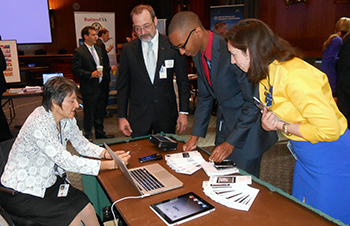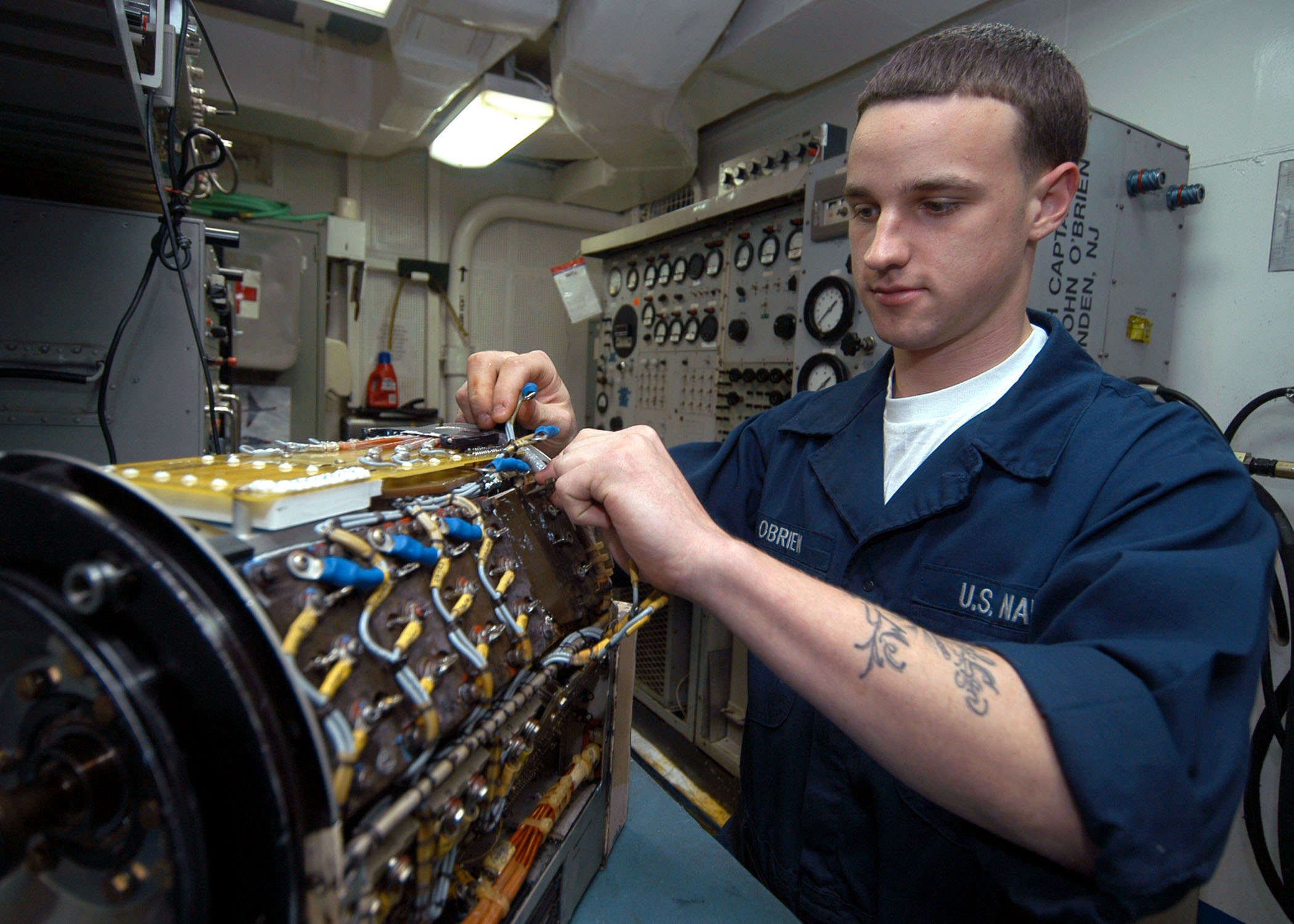Acne scars can be a source of low esteem, embarrassment, and poor quality of life, especially they damage the skin and the overall appearance of an individual. Acne can vary from seasonal to lifelong scars and while acne treatments are possible, the cost of treating them can be high since insurance companies consider such treatments as cosmetic. While some people choose to live with acne scars, a majority are sensitive and always seek the help of an expert.
If you are reading this piece, chances are you either are struggling with them or you are looking for a treatment for a loved one. Those who opt to remove the scars do so because the scars affect them emotionally or because they wish to restore their facial appearance. If you are bothered by acne, it is time to see a dermatologist or skin expert as soon as possible. With the right expert, you can know some of the best treatments for your type of scars and understand some of the ways you can avoid future scarring. Here are some common acne scar removal methods you can try:
Dermabrasion: It is so far one of the most potent ways of removing scars using a high-speed brush or such other equipment that helps to reduce the depth of scars or eliminate them completely. With this method, patients can expect to heal within several days.
Microdermabrasion: This is a simplified form of dermabrasion in which an expert uses tiny spray crystals to rid the face of acne from the surface of the skin. You might need more than one appointment at a dermatologist clinic to have all scars removed.
Chemical peels: They usually effective in removing shallow acne scar treatment as well as post-inflammatory hyperpigmentation that is common on an already healed acne lesion. A doctor, a nurse, or a spa aesthetician may apply the chemical peel to your skin in order to remove the outer layer of the skin. This is aimed at giving the patient a new and smoother skin. This method is not recommended for at-home use, as an incorrect chemical application can cause burning of the skin and more serious damage to the skin.
Retinoic acid: Some tissue scars using conventional acne scar removal treatments. In such circumstances, experts recommend that retinoic acid cream be applied topically to help minimize their effects.
Lasers: Laser technology has become so popular among many people seeking acne treatment. The laser is used to remove the outer layer of the skin and eliminate the redness around the healed acne lesions. Different types of lasers are used, so your doctor will assess the severity of your condition before selecting the type of laser that suits you.
Fillers: In this method, substances such as fat, collagen, or hyaluronic acid may be used to fill out the scars left after acne heals. The fillers are usually absorbed by the skin and depending on the magnitude of the scars, you might want to repeat the treatment several times for better results. Other methods may include skin grafting in which a small skin may be used to fill up the scars, punch excisions that involve cutting out the scars. In the latter method, the resultant hole can be filled out by grafting or stitching.
Take note that while each of the above acne scar treatment options can help to improve the look of your skin, they may not be one-fit-it all solution for your specific acne scar condition. Therefore, you might need to try a combination of two or more treatments with the help of a dermatologist to have all your scars removed completely.




